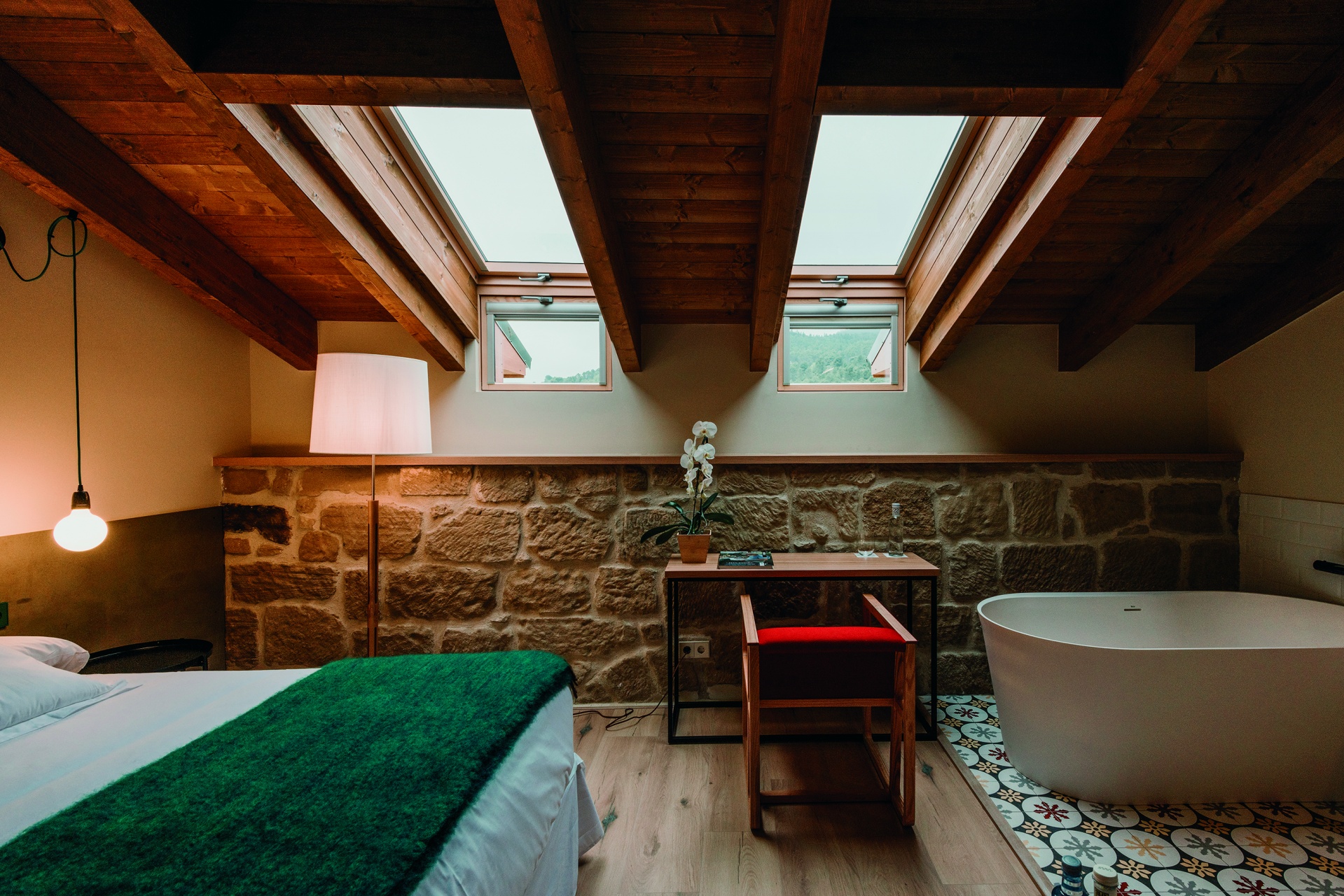Expert Advice: How to Install Internal Blinds on Roof Windows
Do you have an attic and find excessive light entering uncontrollably, especially during summer? High-quality internal blinds for roof windows can provide the perfect solution. Their simple construction and easy installation make them a popular choice among homeowners.
We've prepared a short guide to help you install internal blinds quickly and efficiently, ensuring they are perfectly tailored to your needs and preferences. This way, you can take full control of the lighting in your top-floor rooms. Additionally, internal blinds can help reduce energy costs by limiting sunlight exposure, thereby reducing the need for air conditioning.
What Types of Internal Blinds Are Available for Roof Windows?
Investing in interior roller blinds is a long-term decision, so it’s worth choosing high-quality options that meet your expectations. To ensure a perfect fit and aesthetic appeal, consider enlisting professionals and ordering bespoke blinds. It is also important to note that internal blinds for roof windows differ from standard window blinds, such as Roman or day-night blinds.
Fortunately, the market offers a variety of roller blinds to suit different needs. Here are some of the most popular options:
-
ARP Roller Shutters – These provide excellent light protection and enhance interior aesthetics. Equipped with Z-Wave technology, they can be controlled remotely via a smartphone.
-
ARF Roller Blinds – Blackout blinds are designed to reflect light, making them highly popular. Side guides offer increased shading and sun protection.
-
ARS Roller Blinds – These allow for adjustable light control. A wide range of colours ensures they complement various interior designs.
-
AJP Roller Blinds – Similar to ARP blinds, these can also be operated remotely. The control system allows you to adjust the slats to regulate shading levels.
-
APS Pleated Blinds – Elegant window coverings that enhance stylish interiors. Their top-down functionality allows control from both the top and bottom, with guide options in white or silver.
-
APF Pleated Blinds – These advanced blinds offer complete blackout or partial darkness. Additionally, they enhance the thermal insulation of the building.
How to Measure Roof Windows for Internal Blinds Installation
Proper installation is crucial for the effective use of roller blinds. If the blind does not fit correctly, it will not function as intended. The first and most important step is accurately measuring the window space to be covered. Follow these simple steps:
-
Locate the rating plate on the window. This contains the necessary window specifications for selecting the correct blind.
-
Measure the height and width between the inner edges of the sash. Be sure to include the thickness of the gasket.
-
Record all measurements in millimetres, as this is the standard unit of measurement for blinds.
By following these guidelines, you will have the information needed to choose the perfect roller blinds for your home.

Why Choose Internal Blinds for Roof Windows?
Blackout blinds are an excellent solution that is easy to install and enhances comfort. What are their key benefits?
Firstly, they cater to various needs of top-floor occupants, regardless of the season. They improve thermal comfort by enhancing window insulation, preventing heat loss during colder months, and reducing heat penetration in summer. This helps lower heating costs in winter and reduces air conditioning expenses in summer.
Additionally, internal blinds reduce noise by dampening external sounds, such as rain or hail. They also offer a blackout effect during the day, making them ideal for bedrooms and children's rooms. Furthermore, their installation does not interfere with window operation, allowing windows to be opened or tilted without obstruction.
Step-by-Step Guide to Installing Internal Blinds on Roof Windows
Installing roller blinds for roof windows is a straightforward process consisting of a few simple steps:
-
Attach the cassette to the internal blind – Press the cassette onto the upper window frame until you hear a click, indicating that the mounting lugs are securely in place.
-
Fix the brackets to the tracks – Attach a bracket to the bottom corner of the window frame. This will allow the guides to be mounted and the cords to be pulled. Simply use the screws provided in the kit and a screwdriver.
-
Install the guide rail – Position the first guide rail between the cassette and the window frame at the top corner. Secure it with screws. Repeat the process for the second guide rail at the bottom corner.
-
Secure the cords – Pull the string from each corner of the cassette and attach the end piece to the bottom bracket. This ensures smooth and flawless operation of the pleated blinds.
When Should You Consider Professional Help for Installing Roof Window Blinds?
Although installing skylight blinds is relatively simple, you may prefer to seek professional assistance if you lack the time or confidence to carry out the steps yourself. A professional installation ensures the blinds are fitted correctly, eliminating concerns about future malfunctions or the need for further adjustments.
By following these expert tips, you can successfully install internal blinds on your roof windows, improving both aesthetics and functionality while enjoying greater comfort in your home.






